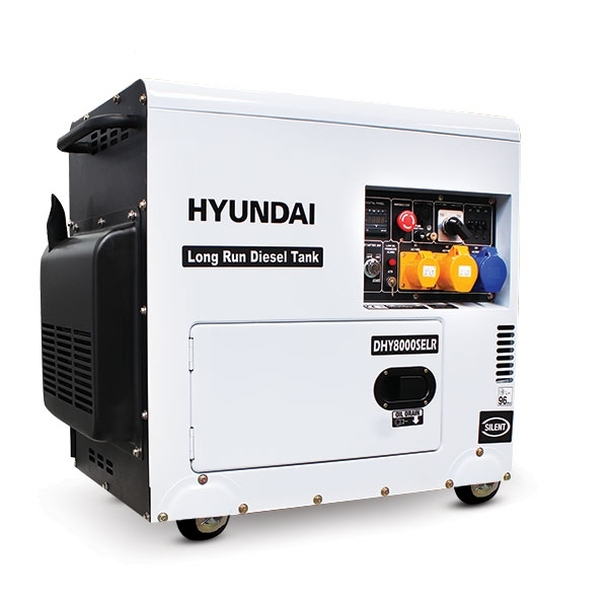Hello
I live in a village in the UK. My goal is self sufficiency before retirement. I am in the planning stages of sorting out solar and batteries. My end goal is to be off grid, but this will take time due to funds allocation! I need to build the system slowly.
What would be an ultimate system that incorporates solar panels (ground mount I’m in thatched house) batteries (Fogstar 15.5kwh) and a backup generator. Short term I know off peak electricity cheaper than diesel. But I want to get rid of utilities companies one day.
In my mind there is a brain box inverter (?) that everything could run off which is app controlled with data logging live and historical. Hopefully I buy this first then as funds permit start to buy everything else. What is important is the flexibility to easily drop in new equipment.
At the heart of everything I’d like a power management system that doesn’t require lcd menus on the equipment itself, some kind of cloud or iPad type control.
In terms of my usage I would say 15.5kwh x 2 be optimal or 1 to get going with grid or generator backup.
Is there a design software available?
I live in a village in the UK. My goal is self sufficiency before retirement. I am in the planning stages of sorting out solar and batteries. My end goal is to be off grid, but this will take time due to funds allocation! I need to build the system slowly.
What would be an ultimate system that incorporates solar panels (ground mount I’m in thatched house) batteries (Fogstar 15.5kwh) and a backup generator. Short term I know off peak electricity cheaper than diesel. But I want to get rid of utilities companies one day.
In my mind there is a brain box inverter (?) that everything could run off which is app controlled with data logging live and historical. Hopefully I buy this first then as funds permit start to buy everything else. What is important is the flexibility to easily drop in new equipment.
At the heart of everything I’d like a power management system that doesn’t require lcd menus on the equipment itself, some kind of cloud or iPad type control.
In terms of my usage I would say 15.5kwh x 2 be optimal or 1 to get going with grid or generator backup.
Is there a design software available?



